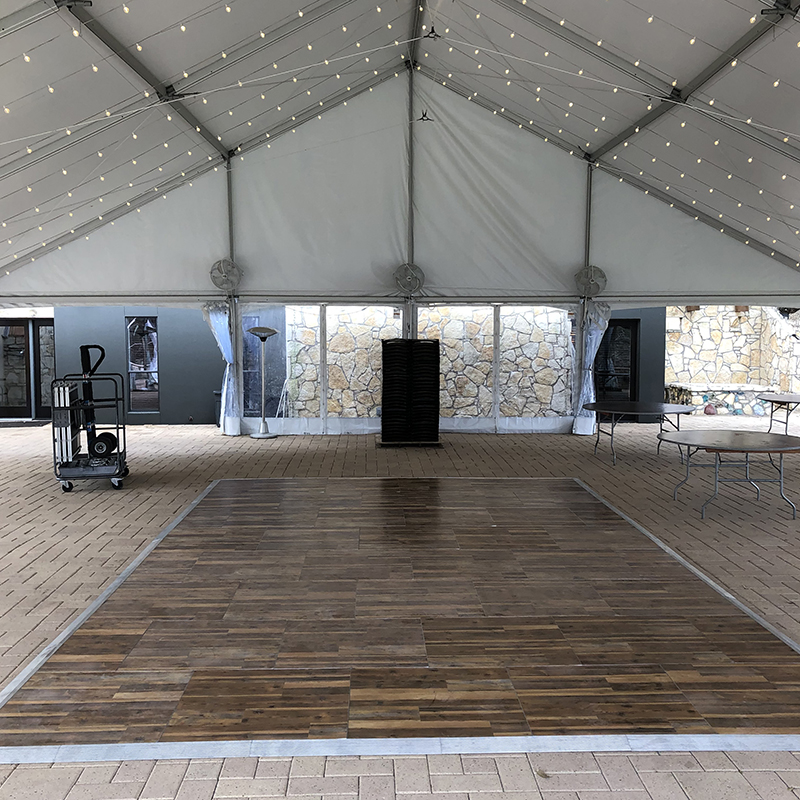
The primary colors are crimson, azure, and golden. These hues cannot be be made by blending different colors combined. Intermediate hues, such as green, orange, and purple, are created by combining main colors. Third-level hues are formed by mixing a primary color with a secondary hue. Grasping these fundamental relationships helps creators select hues that complement one another and create a visually appealing display. Combining these hues on an LED dancing floor can result to dynamic and exciting effects that capture the attention of participants.
Hue value also holds a key role in design. Hues can be classified as warm or cool. Warm hues, such as crimson, tangerine, and yellow, tend to elicit emotions of excitement and warmth. In contrast, cool hues like azure, emerald, and purple often generate a calm and soothing atmosphere. Creators can utilize these hue temperatures to establish the ambiance for different types of events. For example, a celebration atmosphere may benefit from warm colors that invigorate the audience, while a further relaxed event might use chill hues to offer click for info a calming effect.
In furthermore to hue pairings and value, luminosity and saturation are essential factors to take into account. Brightness refers to how bright or dim a color appears, while saturation indicates the intensity of a color. Vivid, intense hues can create a vibrant and energetic atmosphere, perfect for dance surfaces. On the contrary hand, softer, less intense hues can create a more muted atmosphere. Through manipulating luminosity and intensity, designers can draw focus to particular areas of the dance surface or establish visual pathways, guiding dancers through the venue.
Ultimately, it is essential to take into account the emotional effects of color in light-emitting diode dancing floor designs. Various colors can elicit different emotions and responses. For event dance floor rental services example, crimson is often associated with zeal and energy, while blue can be soothing and peaceful. Understanding these associations allows designers to tactically apply hues to influence the behavior of participants. By incorporating hue principles into LED dancing floor designs, creators can improve the total experience, making it unforgettable and enjoyable for all involved.